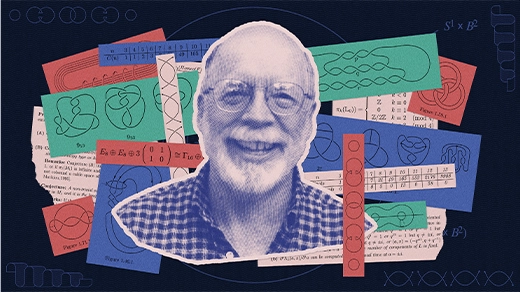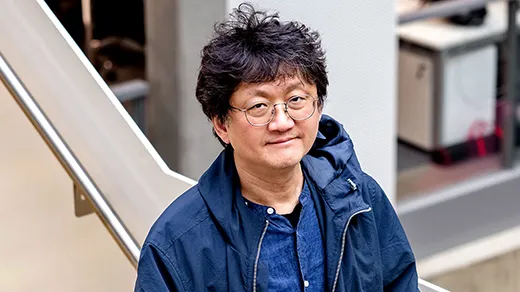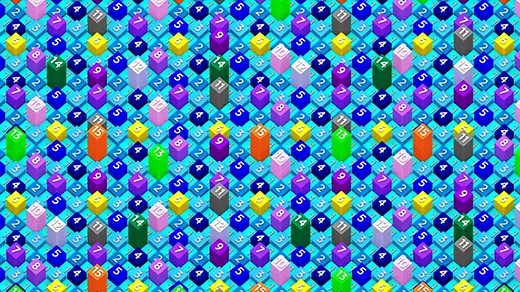Latest Articles
A Rosetta Stone for Mathematics
In 1940 André Weil wrote a letter to his sister, Simone, outlining his vision for translating between three distinct areas of mathematics. Eighty years later, it still animates many of the most exciting developments in the field.
A New Agenda for Low-Dimensional Topology
This past October, dozens of mathematicians gathered in Pasadena to create the third version of “Kirby’s list” — a compendium of the most important unsolved problems in the field.
Mathematicians Identify the Best Versions of Iconic Shapes
Researchers are discovering the shortest knots and fattest Möbius strips, among other “optimal shapes.”
Echoes of Electromagnetism Found in Number Theory
A new magnum opus posits the existence of a hidden mathematical link akin to the connection between electricity and magnetism.
An Old Conjecture Falls, Making Spheres a Lot More Complicated
The telescope conjecture gave mathematicians a handle on ways to map one sphere to another. Now that it has been disproved, the universe of shapes has exploded.
Elliptic Curves Yield Their Secrets in a New Number System
Ana Caraiani and James Newton have extended an important result in number theory to the imaginary realm.
Computer Scientists Inch Closer to Major Algorithmic Goal
A new paper finds a faster method for determining when two mathematical groups are the same.
A Plan to Address the World’s Challenges With Math
Minhyong Kim is leading a new initiative called Mathematics for Humanity that encourages mathematicians to apply their skills to solving social problems.
The Number 15 Describes the Secret Limit of an Infinite Grid
The “packing coloring” problem asks how many numbers are needed to fill an infinite grid so that identical numbers never get too close to one another. A new computer-assisted proof finds a surprisingly straightforward answer.









